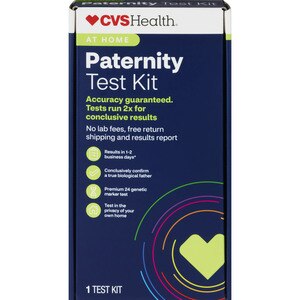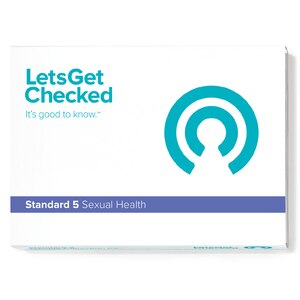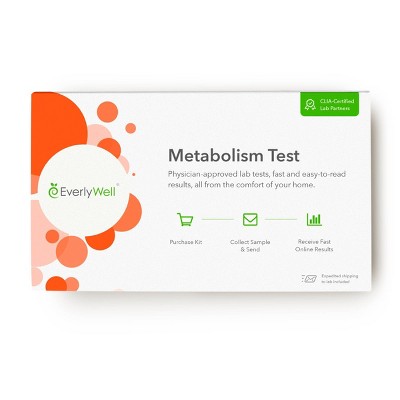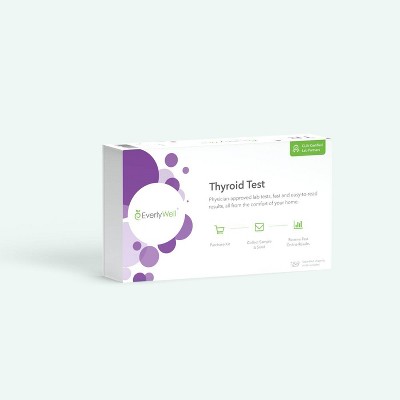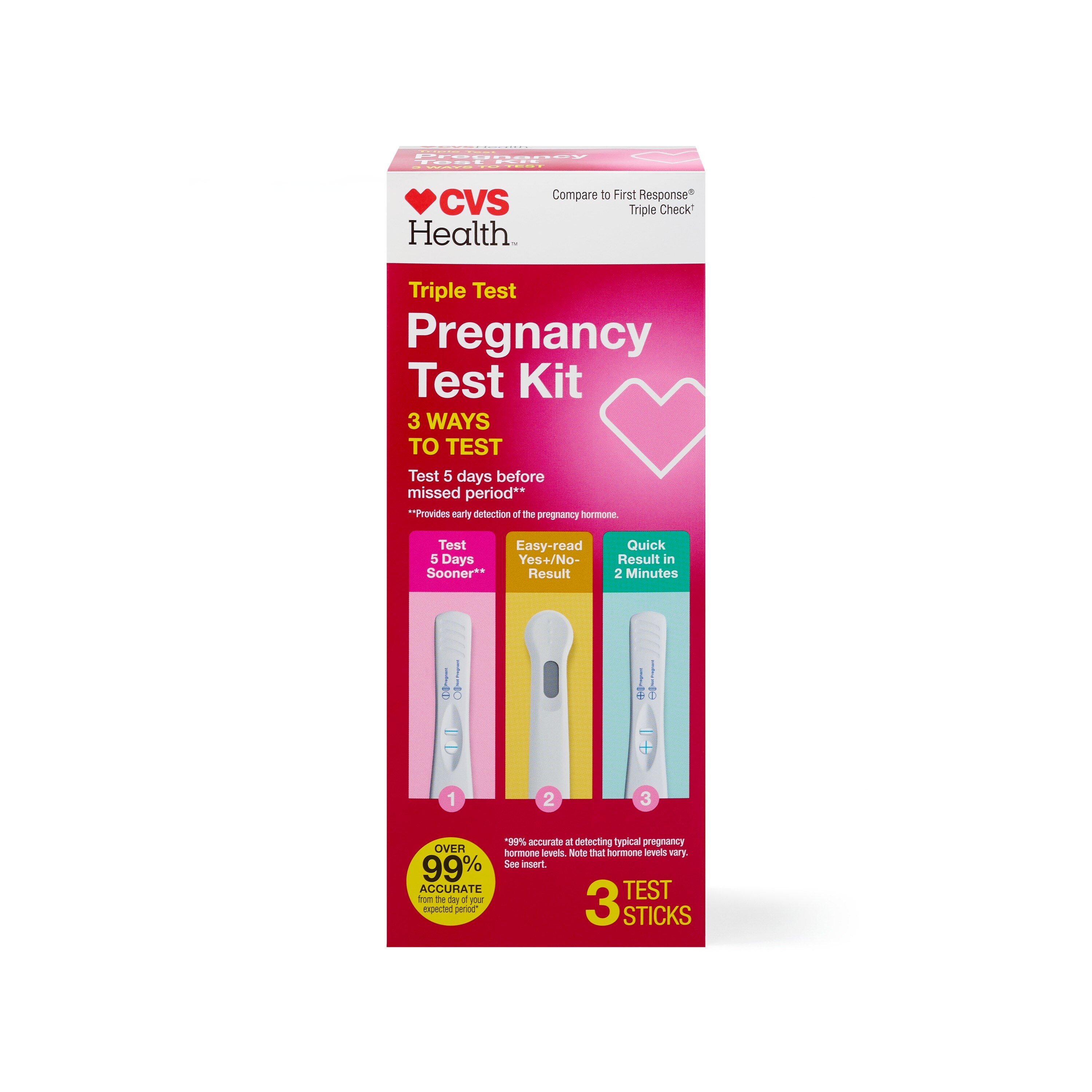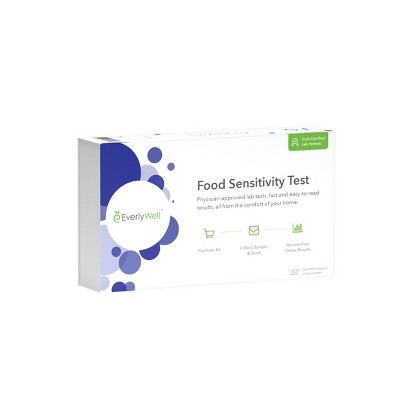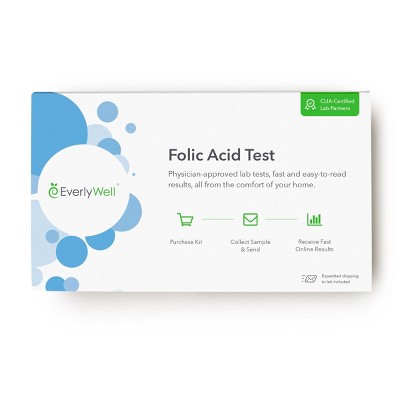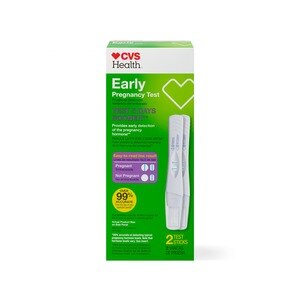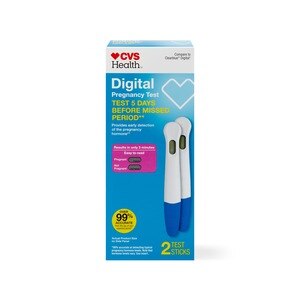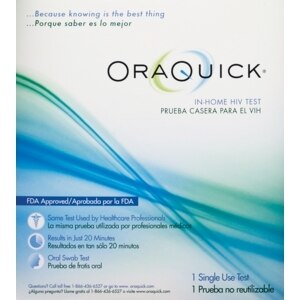Cvs Health At-Home HIV Test, 4th Generation Technology, All Lab Fees included
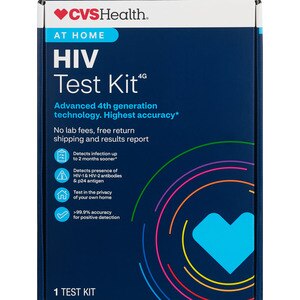
Similar Products
Products of same category from the store
AllProduct info
HSA/FSA Eligible4th generation HIV test is more accurate than older oral swab 2nd generation tests, and can be taken much sooner after a risk event. What is a 4th generation (4G) HIV test? 4th generation (4G) HIV tests detect the presence of both antibodies AND antigen - the gold standard of HIV testing. Older 2nd generation oral HIV tests only detect HIV antibodies, which can take months for the body to develop after a risk event, resulting in decreased accuracy and longer wait times after a risk event before the test can be taken. Benefits of 4th Generation HIV Testing: Test sooner after a risk event The CVS 4th generation HIV test can be taken just one month after a risk event. This is 2 months sooner than 2nd generation tests. In fact, more than half of HIV infections are detected just 13–24 days after exposure using a 4th generation test. Superior accuracy 4G HIV testing is the most accurate of the available HIV testing methods. Studies of individuals with established HIV infection report a positive detection rate of 100%. In comparison, 2nd generation (2G) HIV testing using oral swabs has a positive detection rate of just 91.7%, meaning 1 in 12 people with HIV who take a 2G oral HIV test will receive a false negative result! The exceptionally high accuracy of a 4G HIV test and lower wait time after a risk event means you can be confident that you’re getting the most accurate results and get tested sooner. You no longer need to wait a quarter of a year (3 months) after a risk event before testing. CLIA-certified lab testing and physician reviewed results. Comparison of the CVS 4th Generation Oral HIV Test against 2nd Generation Oral Home HIV Tests. CVS Health HIV Test 4th Generation Oral Test Other 2nd Generation Oral HIV Tests Technology 4th Generation (4G) 2nd Generation (2G) What is tested? Antibodies + Antigen Antibodies only Ability to correctly detect HIV-positive individuals? 100% sensitivity! 91.7% This means that 1 in 12 people infected with HIV will receive a false negative result using a 2nd generation oral test. Ability to correctly detect HIV-negative individuals? 99.9% 99.9% How soon can this test be taken? 1 month after risk event 50% of cases are detectable even sooner, within just 13-24 days! Quarter year (3 months) after risk event (and even then only detects 91.7% of positives!) Who should take this test? About 1 in 8 people in the United States who have HIV do not know they have it. CDC recommends that individuals between the ages of 13 and 64 get tested for HIV at least once as part of routine health care and those with risk factors get tested more frequently (at least once a year). You should consider HIV testing if: You have never been tested before You are having sex with a new partner You tested positive for another sexually transmitted infection You had a tattoo, piercing or acupuncture with unsterilized equipment You are pregnant or considering becoming pregnant You are in a high-risk group (injection drug use, multiple sex partners, men who have sex with men) FAQs Why do 4th generation HIV tests detect HIV sooner than 2nd generation oral tests? 4th generation HIV tests detect both HIV antibodies AND p24 antigen so you do not need to wait for your antibodies to fully develop after infection before taking the test. 2nd generation oral HIV tests only detect HIV antibodies, but they do not detect HIV antigen. That means that you need to wait months for your body to produce enough antibodies before taking a 2nd generation test. Waiting a quarter of a year after a risk event before taking the test is too long for many people, and that is why they opt for the 4th generation HIV test. How accurate is the CVS 4th generation HIV test compared to 2nd generation oral tests? This 4th generation HIV test has superior ability to detect HIV infection, with 100% sensitivity. 2nd generation oral HIV tests can only detect HIV infection 91.7% of the time. That means that 1 out of every 12 individuals who have HIV will receive a false negative result using an older 2nd generation oral HIV test. What is the difference between the ability of a HIV test to detect negatives versus its ability to detect positives? "Positive detection ability (sensitivity)" is the ability of a test to correctly show a positive result for an individual that is infected with HIV. The Positive detection ability of the 4th generation HIV test is 100%. The positive detection ability of 2nd generation oral swab HIV test is only 91.7%, so 1 in 12 individuals infected with HIV will be incorrectly told that they are negative using the 2nd generation oral swab HIV test. "Negative detection ability (specificity)" is the ability of a test to show a negative result for an individual who does not have HIV. The negative detection ability is over 99.9% for both 4th generation and 2nd generation tests. If a tests states "over 99.9% accurate", it is important to be aware of whether they are referring to the "Positive detection ability" or the "Negative detection ability".
Price History
Price Archive shows prices from various stores, lets you see history and find the cheapest. There is no actual sale on the website. For all support, inquiry and suggestion messages communication@pricearchive.us
